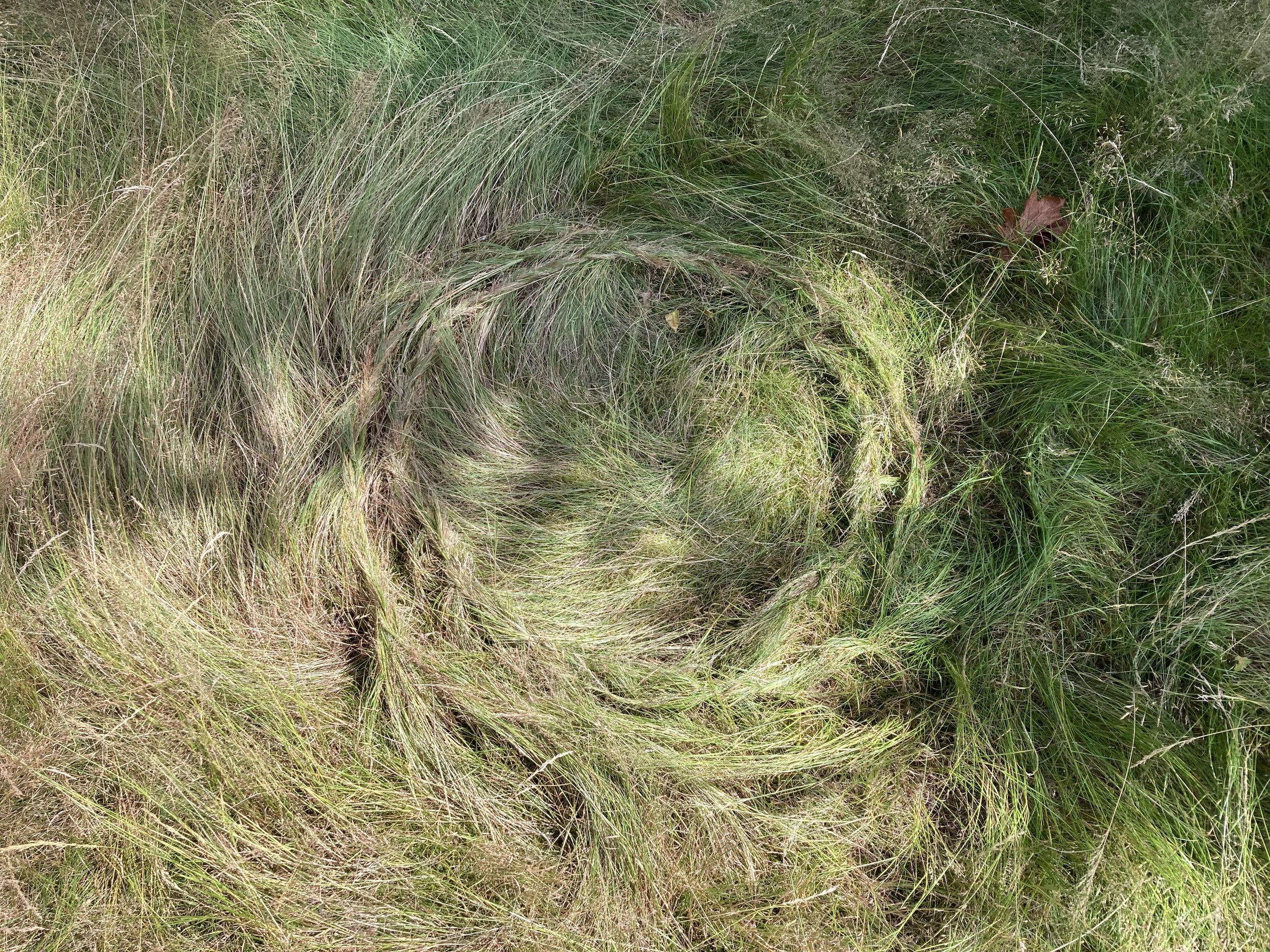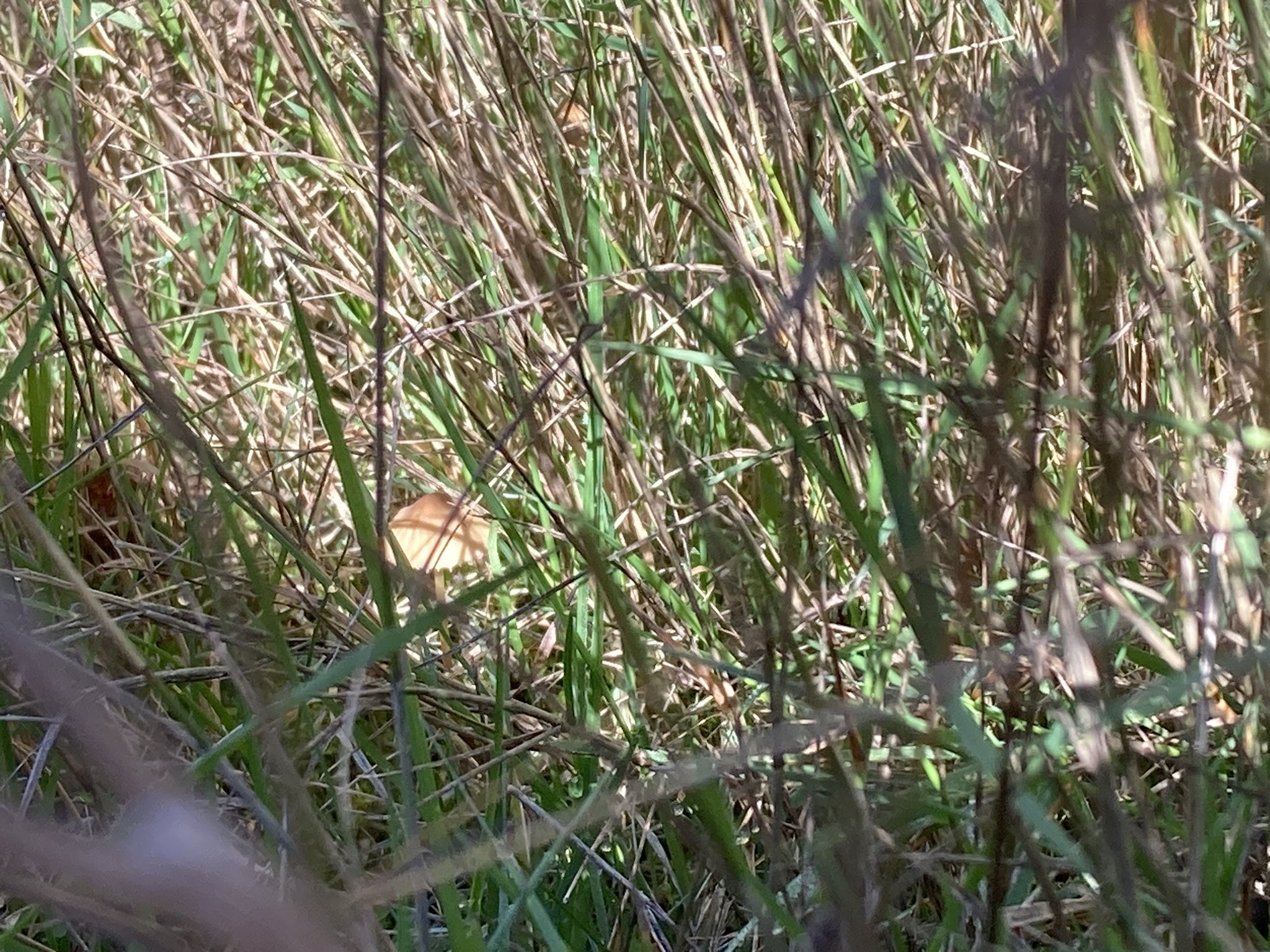Matrescence: An artist giving birth to herself *themself
I only learned of the word “matrescence” a few years ago. I had already been working deeply with themes of children, the inner child, intergenerational legacies, hope and survival on a changing planet – my interest in such themes sparked not only by my own desire to be a parent, but my background in psychology, nannying, and postpartum doula work with new parents and families.
Matrescence, I read, was the process of becoming a mother [*or a parent; gender identity and parenthood, especially as a birthing parent, is complicated for me — but that’s an essay for another day] – a developmental life stage akin to adolescence, but lasting much longer (arguably, much of one’s life). Here was a word, I thought, for what I was already going through: not yet pregnant, but dreaming of family, I was in the beginning stages of matrescence. Some people, perhaps, start this journey only once discovering they are pregnant, or don’t want to be, or have lost a child; how many different ways can one experience transition around the wild, incalculable change that is the possibility of carrying a new life into this world – or not?
I learned that this term was first coined in 1973 by Dana Raphael, Ph.D., a medical anthropologist, to describe the development process that has existed since the dawn of time, but had never before been named or studied. Around 2016, Dr. Aurelie Athen picked up the mantle of research on matrescence, teaching courses in it at Columbia University. Others followed, with TED talks, articles, research, and more. In 2023, Lucy Jones, a British journalist and writer, published the first book titled “Matrescence”. I stumbled upon the book announcement on Instagram, staring in awe at the cover illustration, which mirrored so closely the drawings and paintings I had done early in my own pregnancy in 2022. What is it about pregnancy and becoming a parent that elicits this feeling: circles overlapping, morphing, shifting in and out of one another?
Where does one end and another begin? Is a pregnant person one person, or two people?
In January of 2022, I discovered I was pregnant just as I settled into my MFA program, all while working full-time. I was terrified, and exhausted. I was inspired, and curious, and excited to push forward and see what would come of this new – dual – adventure. I had no idea if I could even make it work, but I knew I had to try; for myself, and to set an example for my daughter. And I knew right away that the focus of my work during my MFA would be matrescence.
I wasn’t sure what my limitations as an artist might be when I realized I was too nauseated sometimes to even get out of bed, so I set the goal for myself while pregnant to write at least one short prose poem every day. During this time of gestation, I also began weaving nests out of cardboard and discarded materials (like the string from maternity clothing tags, and the silver foil from protein bars and ginger candy wrappers). I made nests of clothing, bedsheets, amassed baby items. I discovered that pregnancy brought on excessive congestion for me (as in many pregnant people), and went through inordinate amounts of tissues, so I made nests out of those, too. I made self-portraits for the first time, capturing elements of my experience as my body changed and grew, and I contemplated what it meant to nest, prepare, and rest. I started to consider the nests in nature, and to bring my creations into the outdoors, where I watched them slowly decomposing back into the soil, grasses, and leaves around them.
Why did my pregnant — and postpartum — body, draw me back to nature?
Matrescence is a universal process, and yet every single experience is unique. My personal experience of pregnancy, childbirth, and early parenting was painful, traumatic, and difficult – even horrifying to me. At the same time, it provided me with exactly what I had longed for for so many years, and so much joy, peace, and love. Time unfolded slowly and yet with great speed; emotions became more vast and varied than anything I thought I could contain. I was (and am) more exhausted than I ever thought possible.
Is the earth really our “mother” – and what has the earth had to endure to bear and sustain humanity?
Over time, I realized how much there is to grieve and heal during the process of matrescence, even if everything goes “right.” To become a parent is to split oneself in two (sometimes quite literally); it means losing the life you had, and becoming someone entirely new — even as you contain the same person you once were, like a seed that might sprout again one day. Meanwhile, a strange, fragile species is growing in your place.
How could I capture this monumental transformation, this transition, this transfiguration?
I began to notice time in a new way. I wanted to find a way to work with nature, instead of trying to fight against it. In my first year postpartum, I allowed observation itself to become a large part of my art practice: observing the seasons change; embedding myself deeply in the land and space around me; watching materials exposed to the elements over time. I let my lawn grow wild, braiding the grasses, building little nests as time went on; lying on the ground and watching the bees and mushrooms and moss in the undergrowth, and looking up at the trees and the sky from a different vantage point.
When do mothers – and when does the earth – get a chance to rest, to grieve, to heal? How do we return to ourselves? Are we the same, or something entirely new? ■
May 2024
all images courtesy of the artist
The project “Matrescence: Becoming Mother Nature” is a temporal sculptural installation situated as an open-air dwelling in my backyard that hopes to provide spiritual, if not literal, answers to some of these questions. It is a technical expression of multiple materials, particularly those that are recycled and reclaimed, such as cardboard, paper pulp, wood, and plastic trash, as I contemplate the interaction of human detritus and the environment, and the future we are creating for the next generation.
Moreover, it is an invitation for others to confront their own matrescence – whatever stage they might be in – or parallel transitions in their lives, and what kind of space, time, grief, joy, and healing they may need in this moment.
The final installation opening will be held Saturday, November 16, 2024 (or by appointment) in Kirkland, WA. Please contact alexiamakesart@gmail.com for more information and to RSVP. You can follow Alexia’s progress on Instagram @lexialoo and sign up for updates at www.alexiacameron.com/matrescence.


















